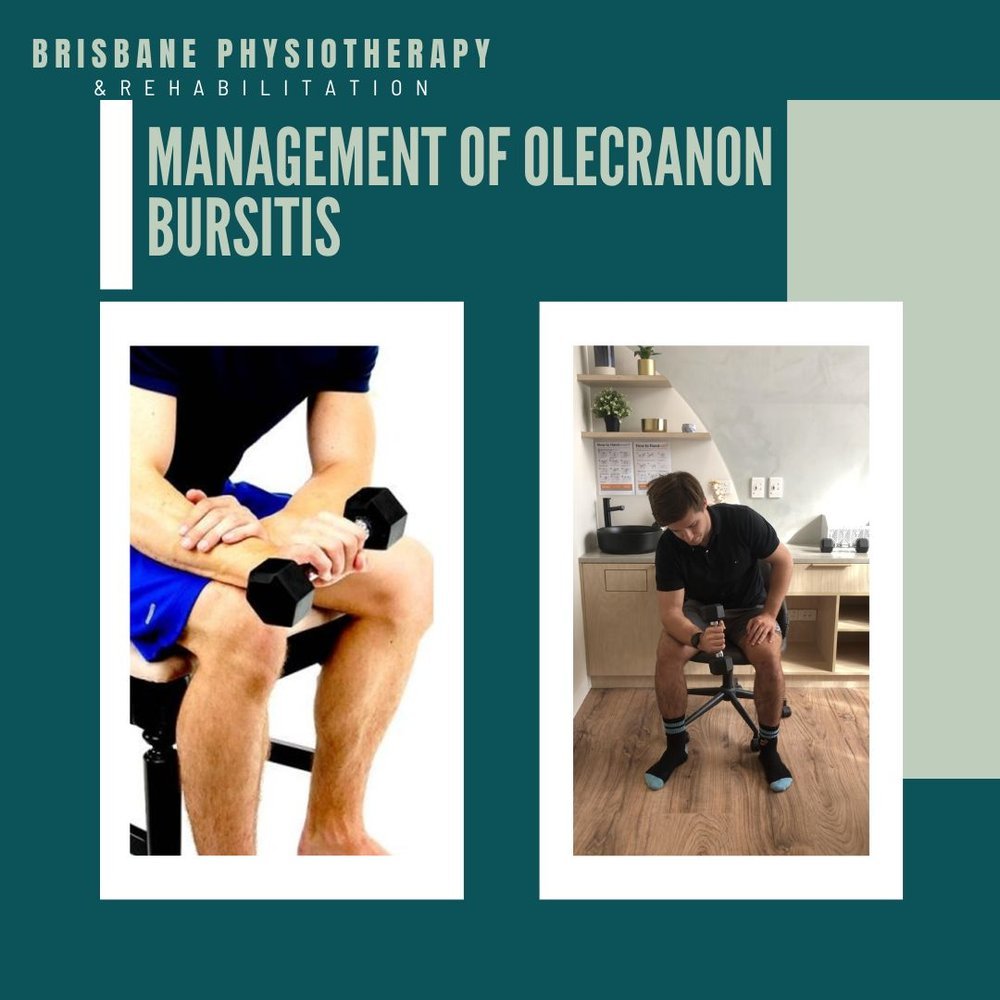Olecranon Bursitis
What is Olecranon Bursitis?
Description:
Olecranon bursitis, sometimes referred to as "Popeye elbow" or "student's elbow," is a condition characterized by inflammation of the olecranon bursa, a small sac filled with fluid located at the tip of the elbow. This condition can result in pain, swelling, and discomfort in the elbow region, making it difficult to fully extend the arm. To effectively manage olecranon bursitis, it's crucial to understand its anatomy and how it develops.
Anatomy of Olecranon Bursitis:
The olecranon bursa is situated beneath the skin at the tip of the elbow and acts as a cushion between the olecranon (the bony tip of the elbow) and the overlying skin.
Development of Olecranon Bursitis:
Olecranon bursitis typically develops due to:
Repetitive Pressure: Frequent pressure on the tip of the elbow, such as leaning on hard surfaces or activities that involve repetitive elbow movement, can lead to irritation and inflammation of the bursa.
Trauma: Direct injury to the elbow, such as a fall or a blow, can also cause bursitis.
Signs and Symptoms:
Common signs and symptoms of olecranon bursitis include:
Pain: Pain in the elbow, especially when extending the arm.
Swelling: Swelling in the elbow area may develop due to bursal inflammation.
Tenderness: The bursa may become tender to the touch.
Reduced Range of Motion: Limited elbow mobility and discomfort when extending the arm.
Olecranon Bursitis Management
The olecranon bursa acts as a cushion between the olecranon (the bony tip of the elbow) and the overlying skin. Inflammation of this bursa can result in pain and discomfort.
Management Strategies:
Rest and Activity Modification:
Avoid Excessive Pressure: Reduce or avoid activities that place excessive pressure on the elbow, such as leaning on hard surfaces or repetitive elbow movement, to allow the bursa to heal.
Proper Padding: Use elbow pads or cushions when needed to prevent further irritation.
Pain Management:
Medications: Over-the-counter pain relievers or prescribed medications can help manage pain and inflammation. Always follow recommended dosages and consult with a healthcare provider.
Icing:
Applying ice to the affected area can help reduce pain and swelling. Be sure to use a cloth or towel to protect the skin from direct contact with ice.
Physical Therapy:
Range of Motion Exercises: A physical therapist can guide you through exercises to maintain and improve elbow mobility.
Strengthening Exercises: Strengthening the muscles around the elbow can provide better support and stability.
Corticosteroid Injections:
In some cases, a healthcare provider may recommend corticosteroid injections to reduce inflammation and pain.
Wound Care:
For cases where the bursa is infected, wound care and antibiotics may be necessary. Consult with a healthcare provider for appropriate treatment.


